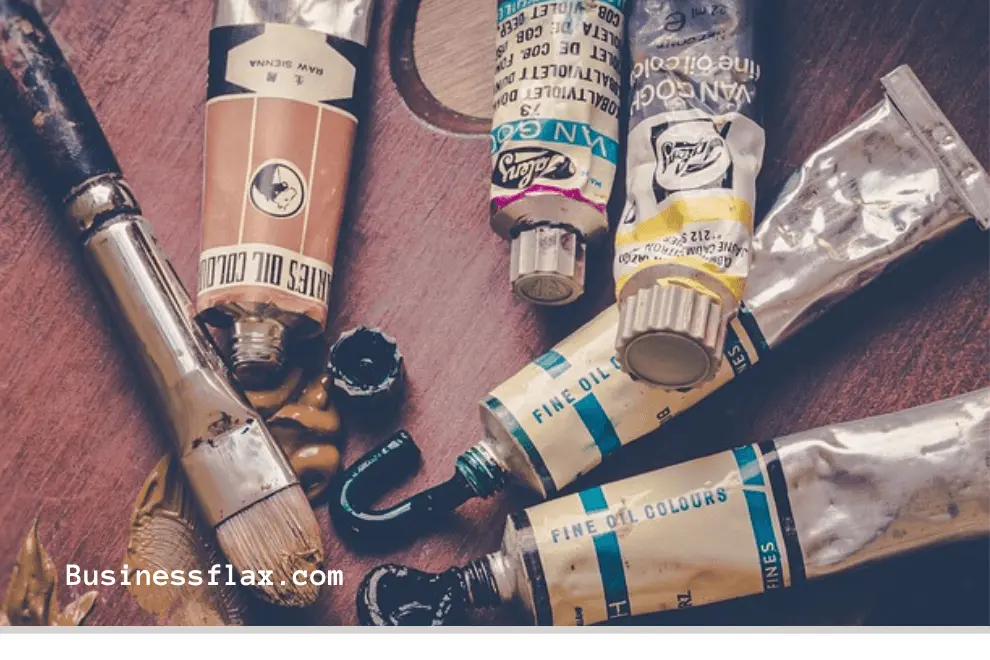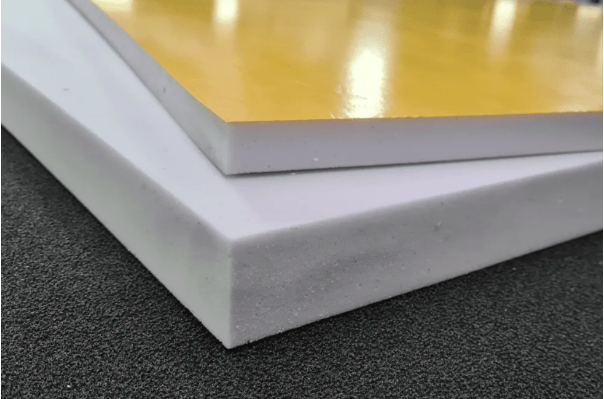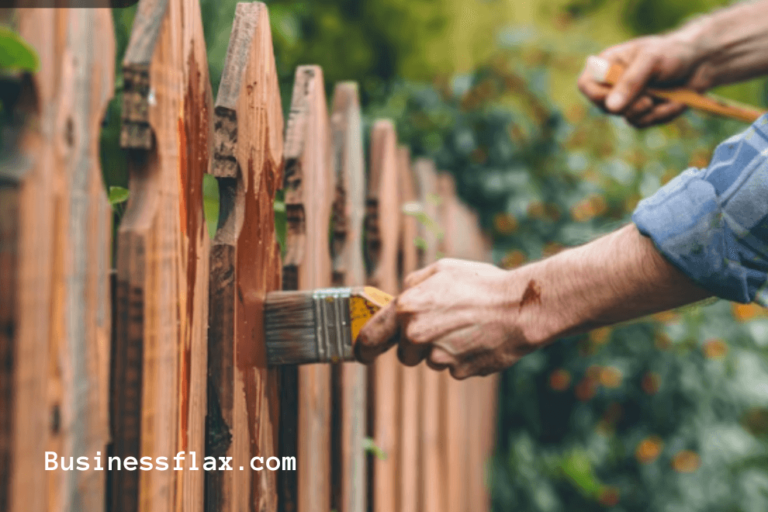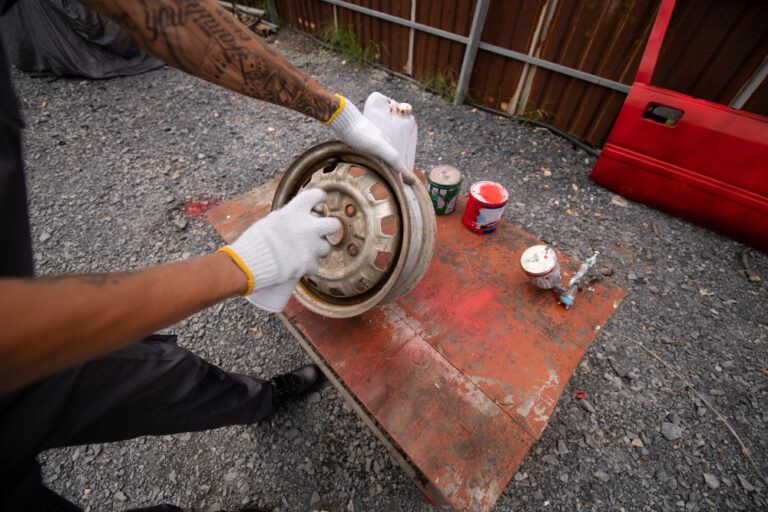The Ultimate Guide to Plasterboard Paint: Tips and Techniques

Plasterboard, commonly used in the construction of walls and ceilings, provides a smooth surface that is ideal for painting. However, painting plasterboard requires specific techniques to ensure a flawless finish. This article will delve into the essentials of plasterboard paint, covering the best types of paint to use, preparation tips, and application methods. Also read about Emulsion Painting.
Choosing the Right Plasterboard Paint
Types of Paint Suitable for Plasterboard
When it comes to plasterboard, not all paints are created equal. The ideal choices are usually water-based paints, such as acrylic or latex. These paints are not only easier to apply but also allow the plasterboard to breathe, reducing the risk of moisture damage. Oil-based paints, while durable, can be too harsh for the delicate nature of plasterboard and may lead to yellowing over time.
Factors to Consider
Finish: Decide between matte, satin, or glossy finishes based on the desired look and the room’s functionality.
Quality: High-quality paints cover better, last longer, and are generally easier to work with.
Primer: Use a primer specifically designed for plasterboard to improve paint adhesion and to seal the surface.
Preparation Steps for Painting Plasterboard
Proper preparation is key to achieving a professional-looking paint job on plasterboard. Start by ensuring that the surface is clean, dry, and free from dust. Any holes or imperfections should be filled with plaster or a suitable filler and sanded smooth. Applying a primer is crucial, as it helps to create a uniform surface that enhances the paint’s adherence and overall look.
Application Techniques for Optimal Results
Tools and Techniques
Using the right tools is essential for painting plasterboard. Rollers are preferable for larger areas as they provide a more even coat and are faster to use than brushes. For cutting in corners and edges, a high-quality angled brush is recommended.
Best Practices
Even Coating: Apply the paint in thin, even layers, allowing each layer to dry completely before applying the next.
Avoiding Streaks: Maintain a wet edge by overlapping each stroke slightly with the next to avoid streaks and lines.
Ventilation: Ensure the room is well-ventilated during the painting process to allow the paint to dry correctly and to reduce the inhalation of fumes.
Maintenance and Touch-Ups
Once the paint has dried, maintaining the finish on plasterboard is relatively straightforward. Clean the walls gently with a soft, damp cloth to avoid damaging the paint. For areas that experience more wear and tear, such as kitchens or hallways, a touch-up might be necessary now and then. Always keep some leftover paint stored for these occasions.
Conclusion
Painting plasterboard can be a rewarding DIY project if done correctly. By choosing the right type of plasterboard paint, preparing the surface meticulously, and applying the paint with the proper techniques, you can achieve a durable and attractive finish. Remember, the key to a successful plasterboard painting project lies in careful planning and attention to detail.






